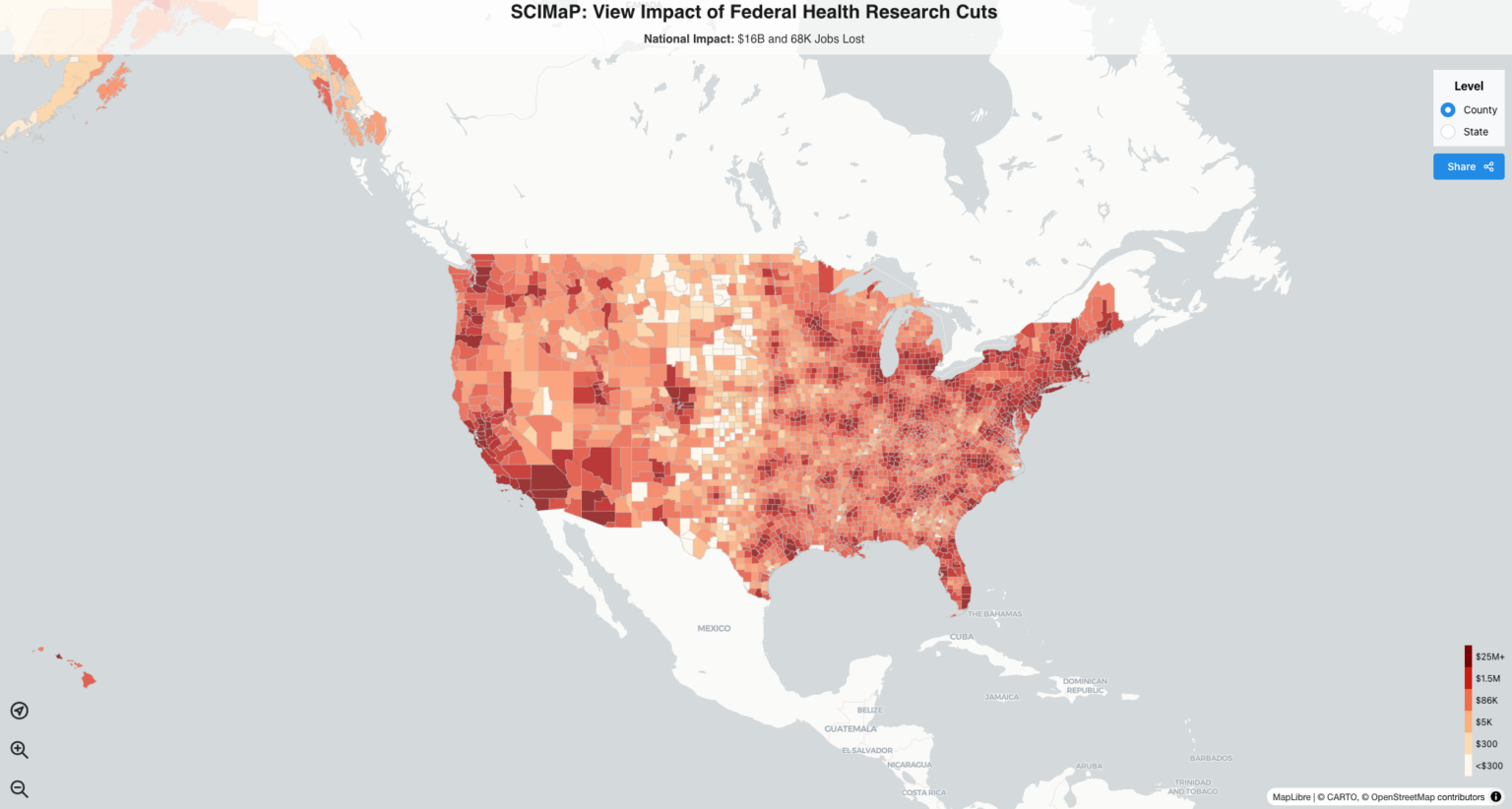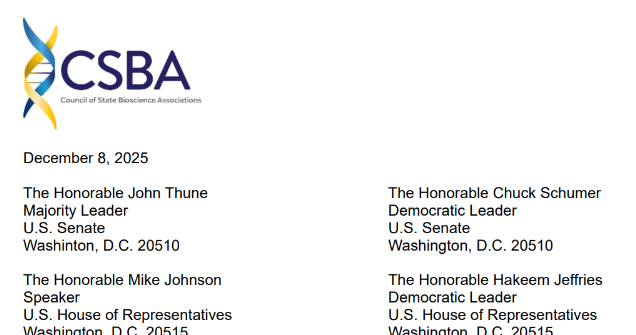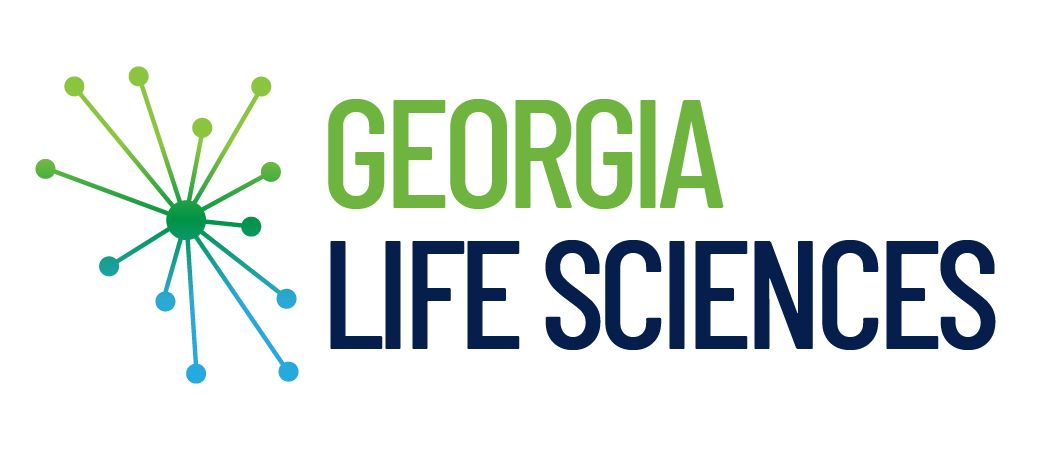Study Maps Economic Fallout of NIH Cuts in Georgia
The Science & Community Impacts Mapping Project (SCIMaP) shows how proposed federal funding cuts lead to reduced economic activity and job losses nationwide.

Georgia faces severe economic consequences as the Trump administration plans significant cuts to indirect funding by the National Institutes of Health (NIH). According to the Science & Community Impacts Mapping Project, Georgia stands to lose approximately $327 million in funding and 1,414 jobs, with effects rippling through communities across the state.
Georgia's projected $327 million loss is part of a broader national impact. According to the project's findings, nearly half of all U.S. counties will experience economic losses of at least $250,000, with more than 500 counties losing over $6.25 million in funding.
Ripple Effects on Innovation and Healthcare
Beyond immediate economic losses, the cuts threaten Georgia's position in biomedical innovation. The state has historically leveraged NIH funding to:
- Develop groundbreaking medical treatments
- Establish biotechnology startups
- Train the next generation of healthcare professionals and researchers
- Address critical public health challenges
The proposed cuts would affect not only our state's major research universities but also regional institutions and the communities they support throughout the state. For communities already facing economic challenges, the loss of research-related economic activity could exacerbate existing problems.
Looking Forward
The Science & Community Impacts Mapping Project provides a sobering look at what's at stake for Georgia's communities when research funding diminishes, highlighting how federal research investment creates economic value far beyond laboratory walls.




